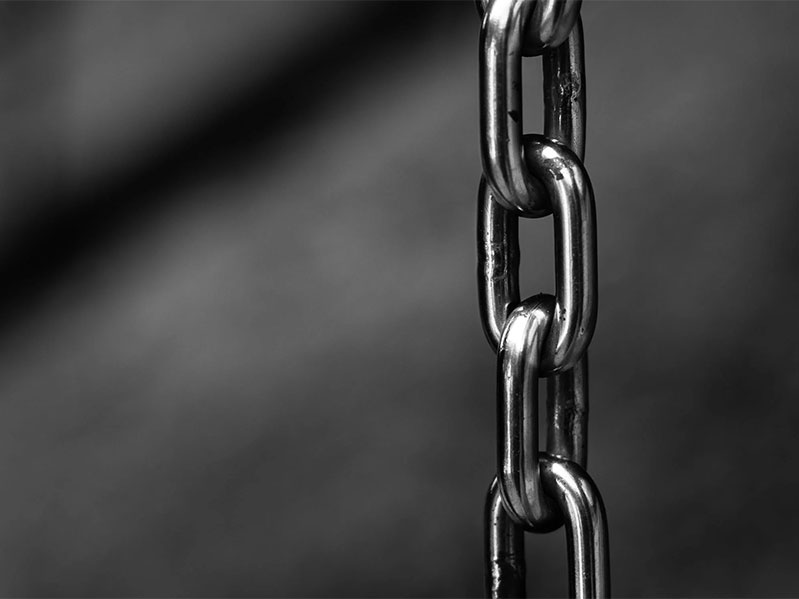Does Exercise Therapy Really Help Low Back Pain?

Exercise therapy, including general exercise, yoga, pilates, and motor control exercise, has been shown to modestly decrease pain in chronic lower back pain. Exercise therapy may improve function and decrease work disability in sub-acute and chronic lower back pain. Exercise therapy has not been associated with improvement in acute low back pain.
The 2017 American College of Physicians (ACP) clinical practice guideline on noninvasive treatments for LBP does not recommend exercise therapy in acute or subacute LBP; recommended therapies include superficial heat, massage, acupuncture, or spinal manipulation. 1 The ACP recommends general exercise, yoga, tai chi, or MCE for chronic LBP, in addition to multidisciplinary rehabilitation, acupuncture, mindfulness-based stress reduction, progressive relaxation, biofeedback, laser therapy, operant therapy, cognitive behavioral therapy, or spinal manipulation.
The 2017 US Department of Veterans Affairs and US Department of Defense clinical practice guideline on treatment of LBP notes insufficient evidence for benefits of clinician-guided exercise therapy in acute LBP. 2 For chronic LBP, clinician-directed exercise, yoga, tai chi, or Pilates is recommended. Few—if any—interventions have proven better, and exercise has beneficial side effects, a low cost, and widespread availability.
Source: The Journal of Family Practice, 2021 October;70(8):E2-E3 | doi: 10.12788/jfp.0291, By Christine Broszko, MD, FAAFP Krystyna Golden, MD Cody R. Holmes, MD Stephanie Fulleborn, MD Carolyn Biglow, MLIS, CAS
References:
1. Qaseem A, Wilt TJ, McLean RM, et al; Clinical Guidelines Committee of the American College of Physicians. Noninvasive treatments for acute, subacute, and chronic low back pain: a clinical practice guideline from the American College of Physicians. Ann Intern Med. 2017;166:514-530. doi: 10.7326/M16-2367
2. Pangarkar SS, Kang DG, Sandbrink F, et al. VA/DoD clinical practice guideline: diagnosis and treatment of low back pain. J Gen Intern Med. 2019;34:2620-2629. doi: 10.1007/s11606-019-05086-4
https://cdn.mdedge.com/files/s3fs-public/issues/articles/jfp07010e2.pdf






